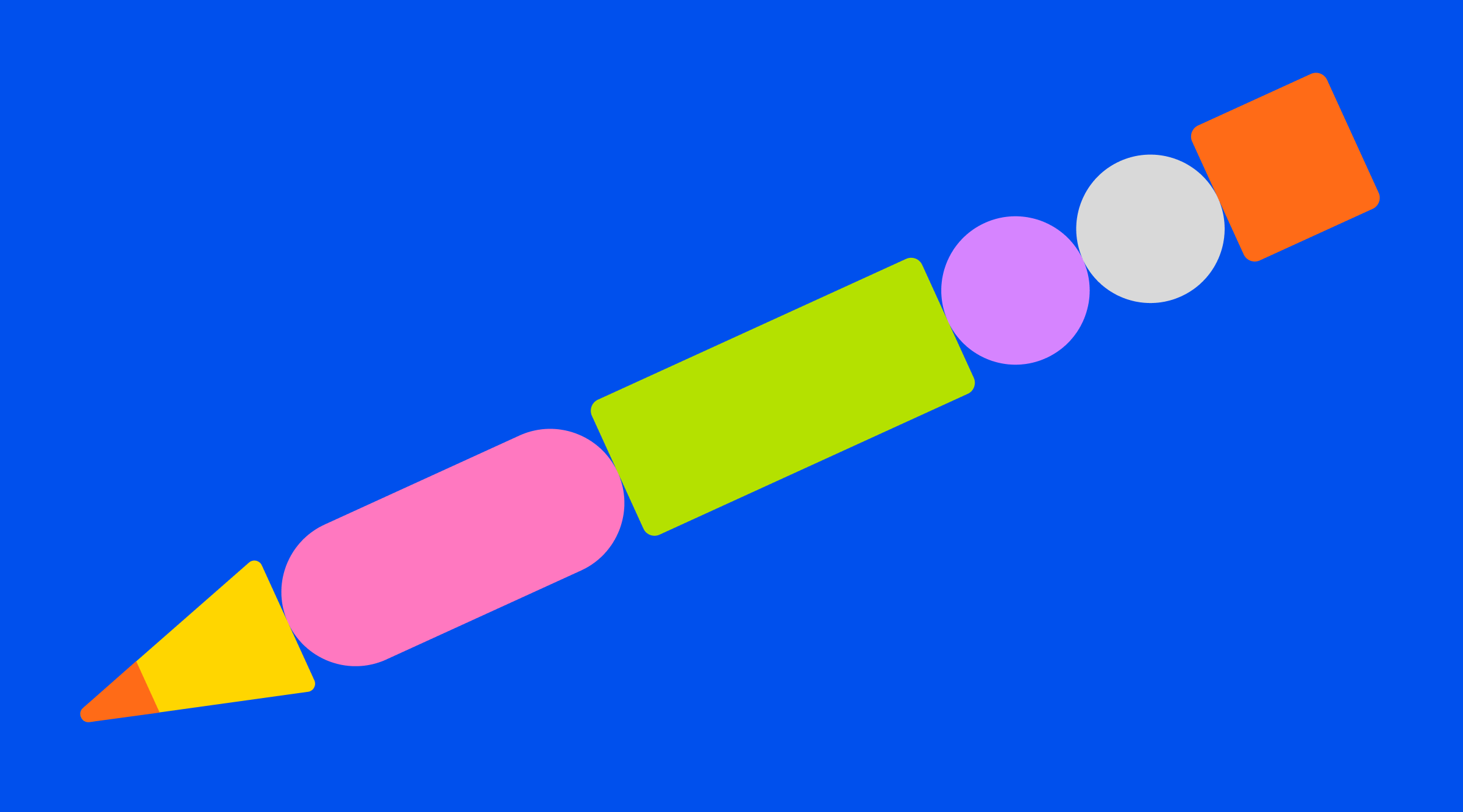How to become an art director: Making your dream career a reality
Explore essential skills and learn about the role, duties, and expected salary of an art director.

What does an art director do? Imagine a chess master, but instead of chess pieces, they're orchestrating design elements, concepts, and team dynamics to create visual solutions. It's the creative force behind visual storytelling, whether it’s in advertising, digital products, or magazines—and at the same time, it's an art and a science all in one.
A typical day for an art director is a blend of creativity, creation, and communication:
- It might start with a review of the latest design trends, followed by team meetings to align on creative strategies.
- Then comes the hands-on part: sketching out concepts, selecting color palettes, or perhaps directing a photoshoot.
- Some days involve giving guidance and feedback to designers, nurturing their growth.
- They may find themselves in brainstorming sessions with the marketing team to develop ad campaigns or social media visuals.
- Their day may also include collaborating with the product team, making sure the design aligns with the product's goals and user experience. In addition, art directors often work closely with copywriters to craft compelling visual and textual narratives.
- Their day may wrap up with client presentations, where an art director persuades and enthuses clients about the proposed creative vision.
This dynamic mix of tasks keeps an art director engaged and plays a vital role in bringing creative visions to life, whether in product development, marketing, or client projects.
Average salary: in 2023 art directors would expect to earn between $80,000 and $150,000 per year in the US. You can get a more precise idea by checking websites like Glassdoor for industry-specific salary insights.
6 essential skills on how to become an art director
Stepping into the shoes of an art director isn’t just about sharpening your design skills—it’s about evolving into a maestro of communication and management. Let's dive into simple yet effective ways to grow these skills, making sure you're more than prepared to excel in your design career.
1. Broad visual culture knowledge
How to sprout it? Stay current with design trends and beyond—from fashion to AI features. Broaden your creative diet beyond design magazines—maybe an avant-garde opera or a typography class? Also you can explore interest in virtually any topic using Google Trends, which can be useful for developing story ideas.
2. Product creation cycle knowledge—from research and design to prototyping, testing, and refining UI
How to sprout it? Start by collaborating on a project from the get-go, involving yourself in initial market research, then actively engage in the design phase. Take the helm during prototyping, closely observe user testing, and be hands-on in refining the user interface.
3. Ability to manage a team and understand its dynamics
How to sprout it? Start by heading a small project or a team outing: volunteer to lead smaller projects and practice providing constructive feedback and learn how to motivate different types of creatives. Or unlock leadership skills through mentorship. Learn from mentors who have advanced their careers by helping others.
4. Effective communication skills
How to sprout it? Turn into a storyteller. Start by explaining your wildest design ideas to others, not just designers. Why not start a blog? Break down complex design stuff into simple words, or maybe talk at some meetups. It's a great way to get better at making tricky ideas easy for everyone to get.
5. Problem-solving ability
How to sprout it? Challenge yourself with projects outside your comfort zone. This could mean taking on a project with a tight deadline or limited resources. The key is to find creative solutions within constraints.
6. Self-organization
How to sprout it? Practice balancing multiple projects: imagine juggling a website redesign, a branding project, and a video shoot all in one week, yet still managing to wind down by 7 p.m. (well, almost). Start by prioritizing your tasks, focusing on the most important and time-sensitive ones. Create a daily schedule that allocates specific time slots for each task, and don't hesitate to delegate tasks to team members when possible.
Seasoned art directors to follow for inspo
Their work and journeys are good to know for sparking new ideas and shaping your own art director path.
Paula Scher—she's famous for making words jump off the page with her bold typography and colorful designs, especially in logos and brand identities.
Stefan Sagmeister—he’s known for pushing the limits in graphic design and creating some unconventional album covers.
Debbie Millman—she’s not just a designer but also a storyteller, hosting the “Design Matters”podcast about design and writing books about how design fits into life.
Chip Kidd—a big name in book design, he's the guy behind many book covers that grab your attention in a bookstore.
Jony Ive—ex-CDO at Apple, he's the one who helped make the iPhone, iMac, and iPod look innovative and sleek.
Simple steps to become an art director
- Get good at design basics: graphic design, typography, and color theory.
- Check out lots of art: galleries, design blogs, and various styles.
- Keep up with the latest design trends and tech.
- Understand the whole product launch process, from idea to final touch-up.
- Master leading a team, starting with smaller projects.
- Find a design guru who can share their expertise.
- Network with other designers at meetups and workshops.
- Build a versatile portfolio showcasing your work.
- Take on advanced roles and more responsibility as you progress.
Ready to take the next step in your career? Explore the world of design with Readymag and begin your creative journey.